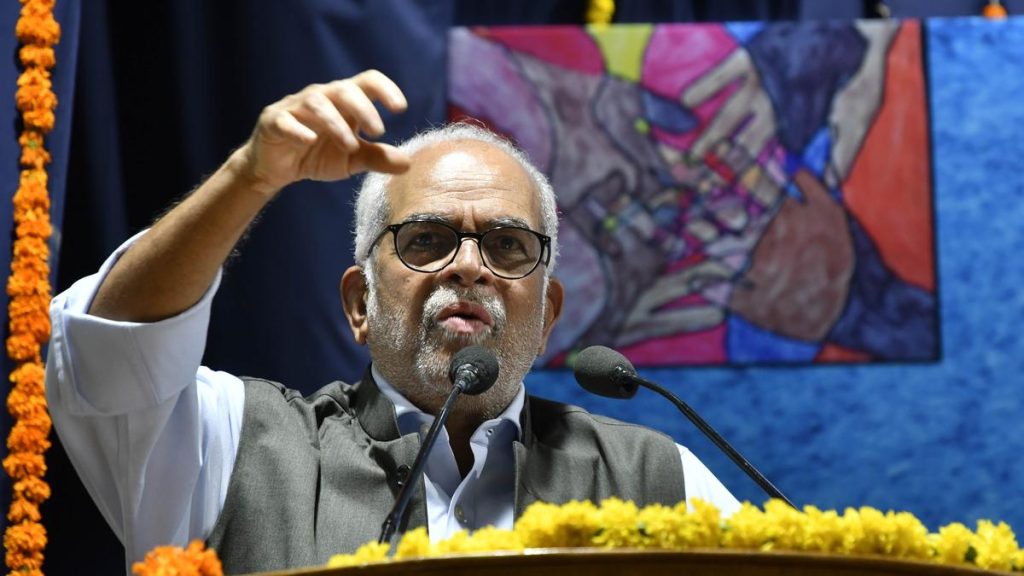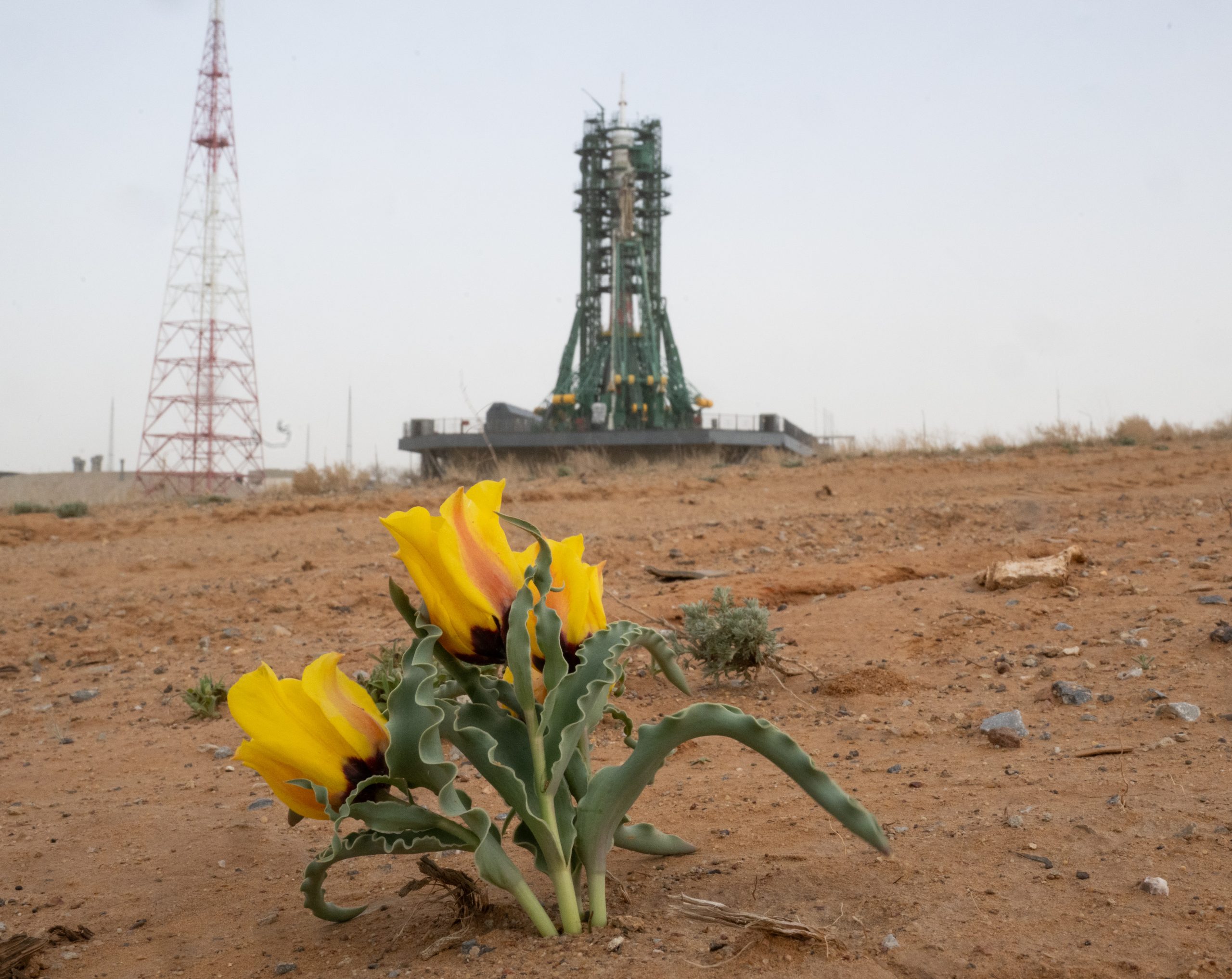Now Reading: NASA Unveils New Model for Building Planetary Cores
-
01
NASA Unveils New Model for Building Planetary Cores
NASA Unveils New Model for Building Planetary Cores

Fast Summary
- NASA researchers identified a new mechanism for planetary core formation: molten sulfide, rather than metallic iron, may migrate through solid rock and form cores in sulfur-rich environments.
- Experiments conducted by NASA’s ARES Division used high-resolution 3D imaging and geochemical analysis too confirm that dense sulfide melts can percolate through microcracks in rock without requiring large-scale melting.
- Meteorite studies provided chemical evidence consistent with this process during the early solar system’s formation 4.5 billion years ago.
- Findings suggest Mars’ sulfur-rich composition may have enabled its core to form earlier than Earth’s without extensive mantle melting, reshaping understanding of its geochemical timeline.
- Research raises questions about dating planetary events using radiogenic isotopes like hafnium and tungsten due to elemental behavior differences under volatile-rich conditions.
Indian Opinion Analysis
This study provides critically important insights into the way planetary cores can form under varying chemical compositions, which could enhance interpretations of rocky planets like Mars-and even Earth-in our solar system’s history. The collaborative research has implications for understanding extraterrestrial geology as well as improving analytical methods used for planetary differentiation timelines.
For India’s growing ambitions in space science-particularly exploration projects concerning Moon or Mars-such findings are highly relevant. Gaining deeper insight into core formation processes could shape India’s investment focus on astro-materials research, benefiting missions like Chandrayaan or upcoming interplanetary objectives spearheaded by ISRO (Indian Space Research Organisation). Collaborative frameworks inspired by NASA’s approach highlight how multi-disciplinary experiments can expand scientific knowledge further-a potential avenue India might explore for bolstering its space programs efficiently while aligning itself with global standards of excellence.



























